Announcement
We are excited to announce the Indus Hackathon 2025, an exhilarating one-day event organized by the CSE Department of Indus University....Read more We are excited to announce the Indus Hackathon 2025, an exhilarating one-day event organized by the CSE Department of Indus University.
26th ISTE Faculty Annual State Convention will be held at Indus University on April 27, 2023....Read more 26th ISTE Faculty Annual State Convention will be held at Indus University on April 27, 2023.
26th ISTE GUJARAT STATE ANNUAL FACULTY CONVENTION & CONFERENCE ON APRIL 27,2023. MORE DETAILS WILL BE SHARED SOON....Read more 26th ISTE GUJARAT STATE ANNUAL FACULTY CONVENTION & CONFERENCE ON APRIL 27,2023. MORE DETAILS WILL BE SHARED SOON.
We are excited to announce the Indus Hackathon 2025, an exhilarating one-day event organized by the CSE Department of Indus University....Read more We are excited to announce the Indus Hackathon 2025, an exhilarating one-day event organized by the CSE Department of Indus University.
26th ISTE Faculty Annual State Convention will be held at Indus University on April 27, 2023....Read more 26th ISTE Faculty Annual State Convention will be held at Indus University on April 27, 2023.
26th ISTE GUJARAT STATE ANNUAL FACULTY CONVENTION & CONFERENCE ON APRIL 27,2023. MORE DETAILS WILL BE SHARED SOON....Read more 26th ISTE GUJARAT STATE ANNUAL FACULTY CONVENTION & CONFERENCE ON APRIL 27,2023. MORE DETAILS WILL BE SHARED SOON.
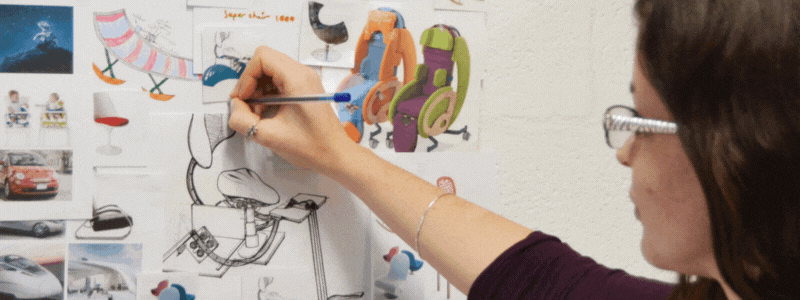
Product Designers possess a unique skill set that combines creativity, technical knowledge, and problem-solving abilities, making them valuable assets in various industries. With a product design background, professionals can explore several career paths that cater to their interests and expertise.
Product designers are responsible for developing innovative and functional products, from concept to execution, that cater to customers' needs and desires. They collaborate with multidisciplinary teams, including engineers, marketers, and manufacturers, to ensure that their designs are feasible, cost-effective, and marketable. With a focus on usability, ergonomics, aesthetics, and sustainability, product designers play a crucial role in shaping the products that people use every day.
Career opportunities for product designers span a wide range of industries, such as consumer electronics, automotive, furniture, fashion, and medical devices. Some product designers choose to specialise in a particular sector, while others may work across multiple industries. They may be employed by design consultancies and manufacturing companies or even start their own design studios. Roles within these organisations can include industrial designer, user experience (UX) designer, user interface (UI) designer, and design strategist, among others. Additionally, product designers may also pursue careers in academia or research, focusing on the development of new design methodologies or the exploration of emerging technologies and materials.
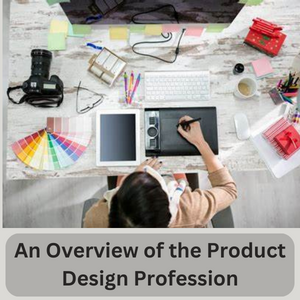
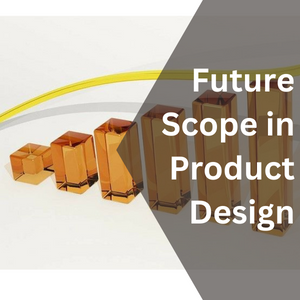
The demand for innovative and well-designed products continues to grow as technology advances, and consumer preferences evolve. This growth presents numerous opportunities for product designers to develop exciting new products and improve existing ones. As technology becomes increasingly integrated into everyday life, there is a significant demand for product designers who can create user-friendly and aesthetically pleasing devices that seamlessly blend into consumers' lifestyles.
One area of growth is sustainable and eco-friendly product design, where designers are tasked with developing products that minimise environmental impact and promote sustainability. This can involve using recycled or biodegradable materials, implementing energy-efficient manufacturing processes, or designing products that can be efficiently dismantled and recycled at the end of their life cycle.
Another area of opportunity lies in designing products for the ageing population, with an emphasis on accessibility and usability for older individuals with varying degrees of physical and cognitive abilities. As the global population ages, there will be a growing need for products that cater to the unique requirements and preferences of older consumers.
Product designers can also explore opportunities in emerging fields such as virtual reality (VR), augmented reality (AR), and the Internet of Things (IoT). These technologies offer new avenues for product design, allowing designers to create immersive experiences and connected devices that shape the way people interact with the world around them.
The product design field encompasses a broad range of specialisations, allowing professionals to focus on specific industries or product categories. Here are a few notable types of product designers:
Automotive designers develop the aesthetic and functional aspects of vehicles, including cars, trucks, and motorcycles. They work on both the exterior and interior design, incorporating elements like ergonomics, aerodynamics, and style. Automotive designers collaborate closely with engineers and other specialists to ensure their designs are feasible, safe and meet industry regulations.
Furniture designers create functional and visually appealing pieces for residential, commercial, and public spaces. They consider factors such as comfort, materials, manufacturing techniques, and sustainability when designing furniture. Furniture designers often collaborate with interior designers, architects, and manufacturers to create cohesive and well-designed spaces.
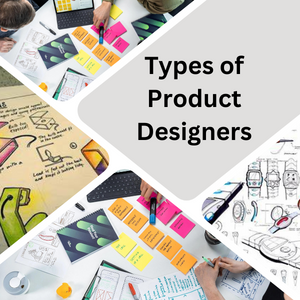
Industrial designers work on a wide variety of products, ranging from consumer electronics to medical devices and household appliances. They focus on developing innovative, user-centred designs that balance functionality, aesthetics, and cost-effectiveness. Industrial designers often work with cross-functional teams, including engineers, marketers, and manufacturers, to bring their ideas to life.
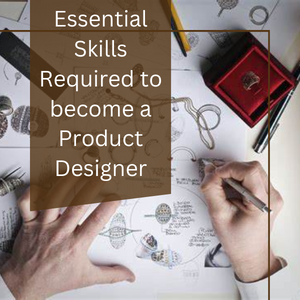
Becoming a successful product designer requires a unique blend of technical, creative, and interpersonal skills. Here are some essential skills that aspiring product designers should possess:
In conclusion, pursuing a career in product design offers numerous opportunities to specialise in various industries and product categories. By developing essential skills such as creativity, technical proficiency, problem-solving, communication, and user-centred design, aspiring product designers can excel in this dynamic and rewarding field.
